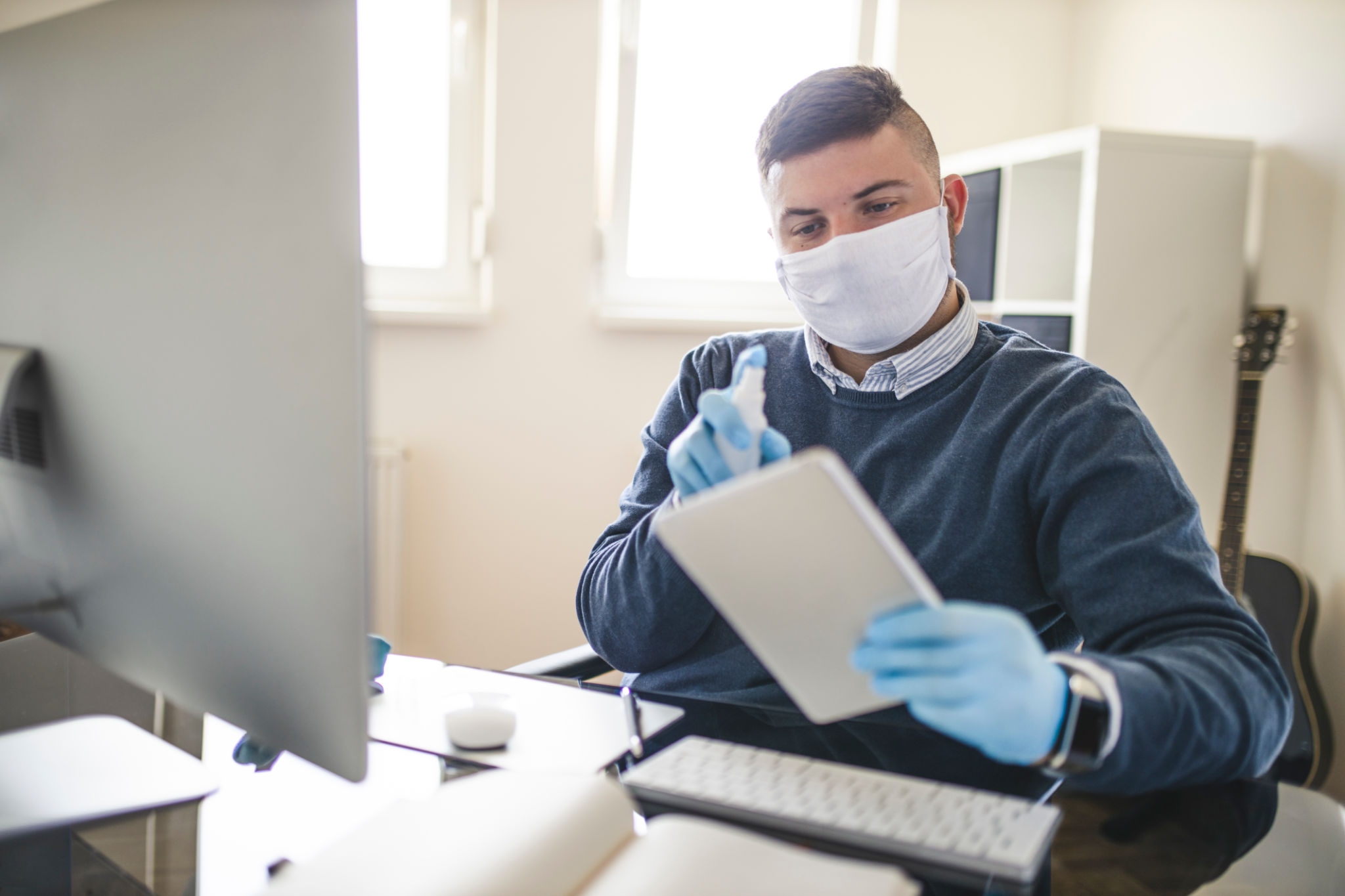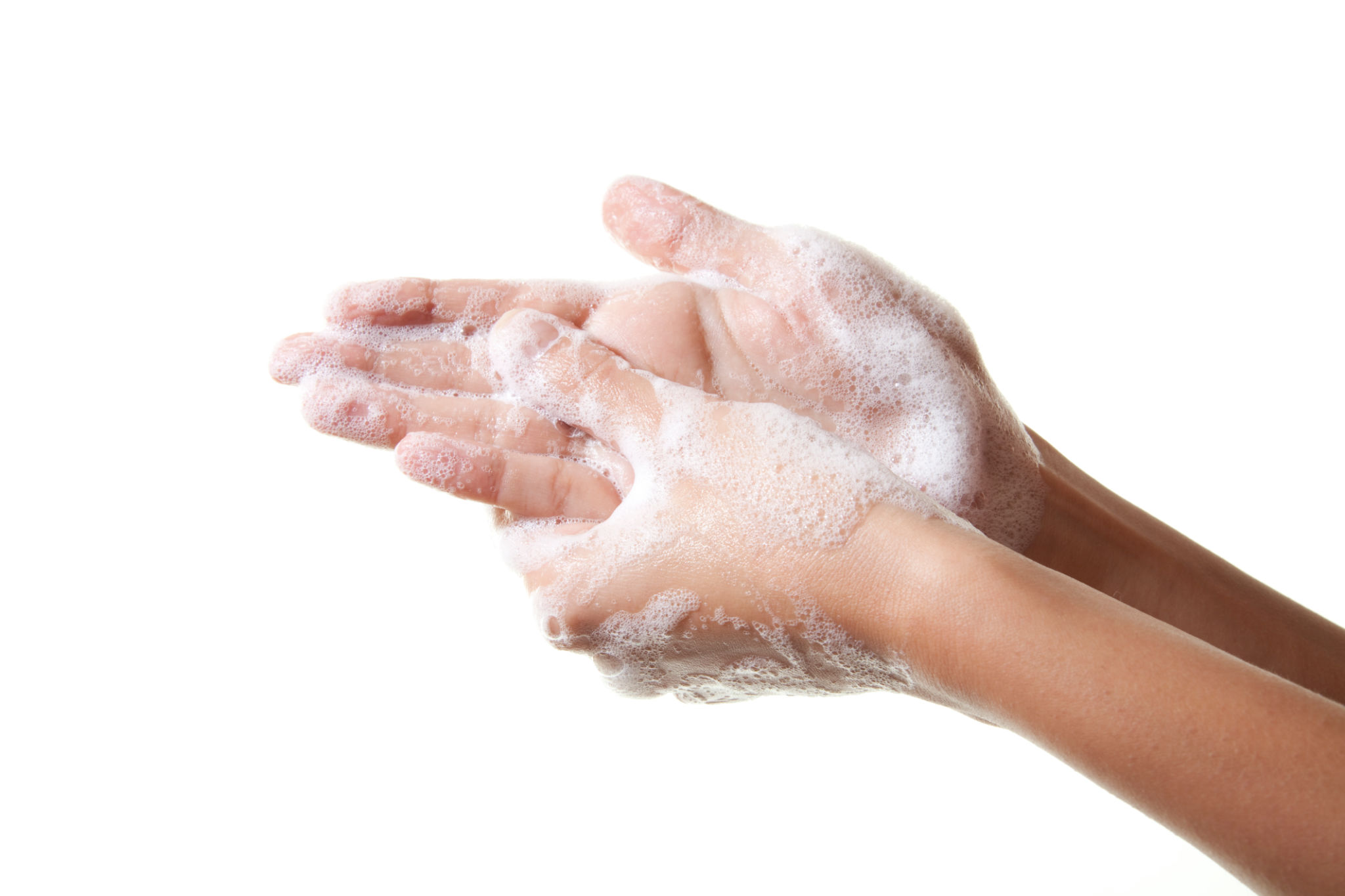Common Myths About Office Sanitation: What Really Works
Introduction to Office Sanitation Myths
In today's world, maintaining a clean and sanitized office environment is a top priority for businesses. However, with an abundance of information available, it's easy to fall prey to common myths about office sanitation. In this post, we aim to debunk these myths and provide clarity on what truly works in keeping your workspace safe and healthy.
Myth 1: More Cleaning Products Equal Better Sanitation
It's a common belief that using a large variety of cleaning products will ensure better sanitation. However, this is not necessarily true. The *effectiveness* of cleaning relies more on the *quality* of the products and their correct usage rather than the quantity. Overusing products can lead to chemical residues, which can be harmful.

Myth 2: Vinegar is an Effective Disinfectant
While vinegar is a great natural cleaner, it is not an effective disinfectant. Many people assume that vinegar can kill germs and bacteria, but it does not meet the necessary standards to be classified as a disinfectant. For proper sanitation, it's crucial to use products that are proven to kill pathogens such as viruses and bacteria.
The Importance of Regular Cleaning
Another misconception is that thorough cleaning once in a while is sufficient. In reality, regular cleaning is essential for maintaining a healthy office environment. Frequent cleaning reduces the spread of germs and ensures that high-touch areas remain sanitized. Establishing a daily cleaning routine for frequently used spaces can significantly improve hygiene.

Myth 3: Air Fresheners Clean the Air
Many offices use air fresheners to create a pleasant atmosphere, but these do not clean the air. Air fresheners only mask odors instead of eliminating the source. To truly improve air quality, consider investing in air purifiers that can remove contaminants and allergens from the air.
Effective Sanitation Practices
To achieve effective sanitation in the office, it's important to focus on proven practices:
- Use EPA-approved disinfectants for high-touch surfaces.
- Implement hand sanitizing stations throughout the office.
- Encourage regular hand washing among employees.

Myth 4: All Germs Are Harmful
The idea that all germs are harmful is another widespread myth. Some germs are harmless and even beneficial to our immune systems. The goal of sanitation is not to eliminate all germs but to reduce harmful bacteria and viruses that can cause illness. Understanding this balance is key to effective cleaning.
Conclusion: Prioritize Science-Backed Methods
Breaking free from common myths about office sanitation allows businesses to focus on what truly works. By prioritizing science-backed methods and understanding the importance of regular cleaning, offices can maintain a healthier environment for employees. Remember, effective sanitation isn't just about cleanliness; it's about creating a safe space for everyone.
